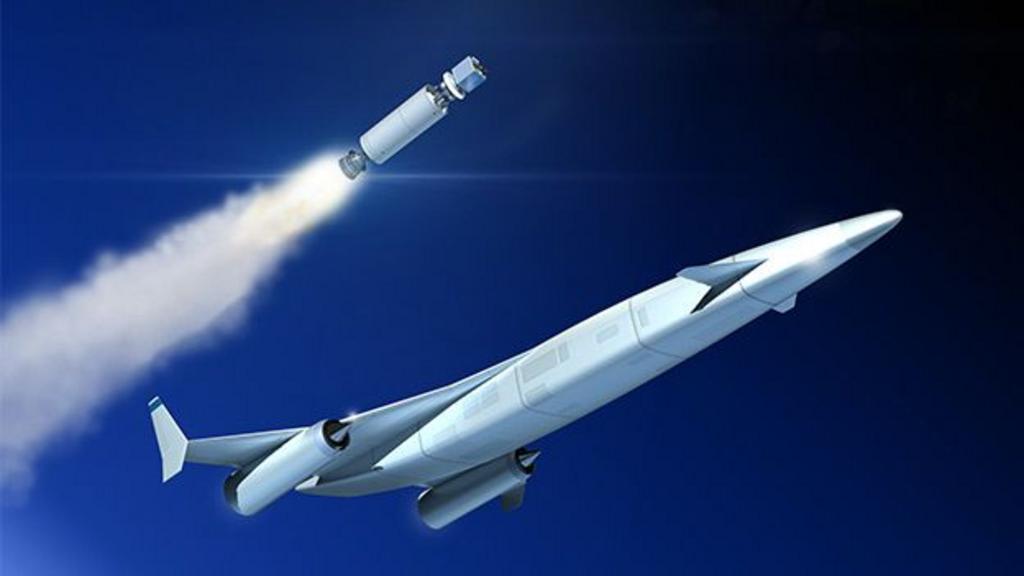Richard Varvill, former CTO of Reaction Engines, reflects on the company’s demise, describing it as a devastating setback after years of progress toward a revolutionary aerospace engine.
Reaction Engines’ history stretches back to the 1980s Hotol project, a visionary spaceplane concept that captivated the public. Its key innovation was a heat exchanger capable of cooling air reaching 1,000°C at hypersonic speeds—a feat Varvill describes as “literally too hot to handle.”
By October 2024, Reaction Engines had successfully tested this heat exchanger technology, collaborating with Rolls-Royce and the UK Ministry of Defence on hypersonic research for an unmanned aircraft. However, this wasn’t enough to secure the company’s long-term viability.
Varvill explains that Rolls-Royce shifted priorities, and insufficient UK military funding proved fatal. The aerospace industry’s notoriously long development cycles—often described as navigating the “Valley of Death”—exacerbated the situation. Despite efforts to secure further investment late in 2024, potential backers hesitated.
The final days were somber. Employees were informed of the company’s collapse in a meeting, followed by the emotionally charged process of clearing personal belongings. Many employees were visibly upset, having believed in the project until the very end. Varvill notes the irony of their failure coming just as they were achieving significant technological advancements.
Instead of a traditional post-layoff gathering, a large party was held at Varvill’s home, a way to acknowledge the team’s collective effort. Kathryn Evans, who led Reaction Engines’ space program, recounts similar emotions. While hopeful until the end, the abrupt redundancy announcement on October 31st left her and her colleagues reeling.
A poignant memento of the final hours was a Polaroid photo board, where employees captured portraits and messages reflecting their time at Reaction Engines. Evans’ message: “I will very much miss working with brilliant minds in a kind, supportive culture.”
Adam Dissel, president of Reaction Engines’ US arm, points to the lack of further investment from major players like Boeing, BAE Systems, and Rolls-Royce as a key factor in the company’s failure. He believes their lack of confidence undermined attempts to attract broader investment.
The shutdown process involved securing company assets, including intellectual property, with hopes of future resurrection. Despite the setback, a sense of pride persists amongst former employees, who highlight the groundbreaking nature of the technology and the dedication of the team. Ultimately, as Varvill succinctly puts it, “We failed because we ran out of money.”
Billions of dollars of US federal funding for green energy projects hangs in the balance.
Indian start-ups are using local materials and innovative ideas to make useful and affordable products.
The vigilance needed in the military can be an asset in the cybersecurity industry.
Cooling systems that avoid the use of polluting refrigerants are being launched.
Whole TV shows shot in one long take are made possible by new lightweight cameras.

